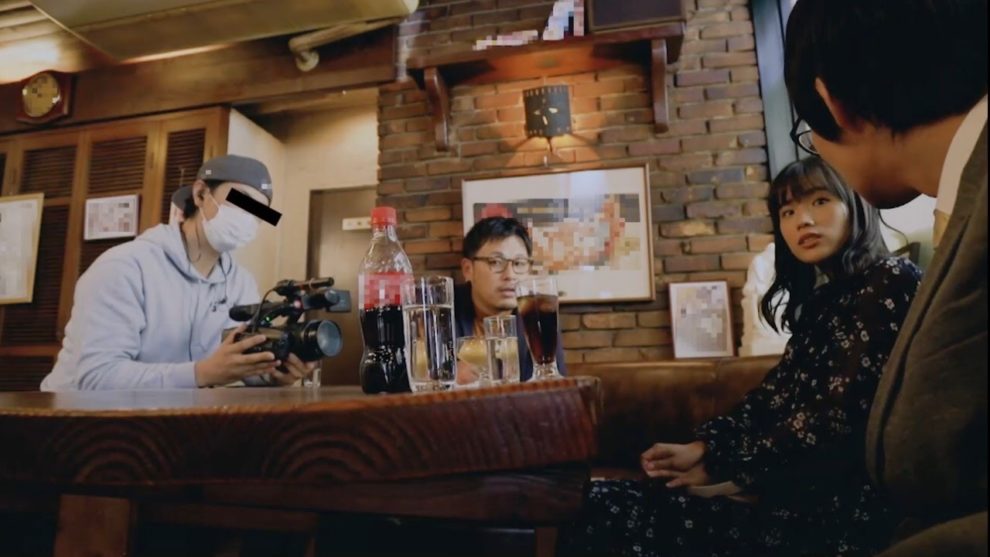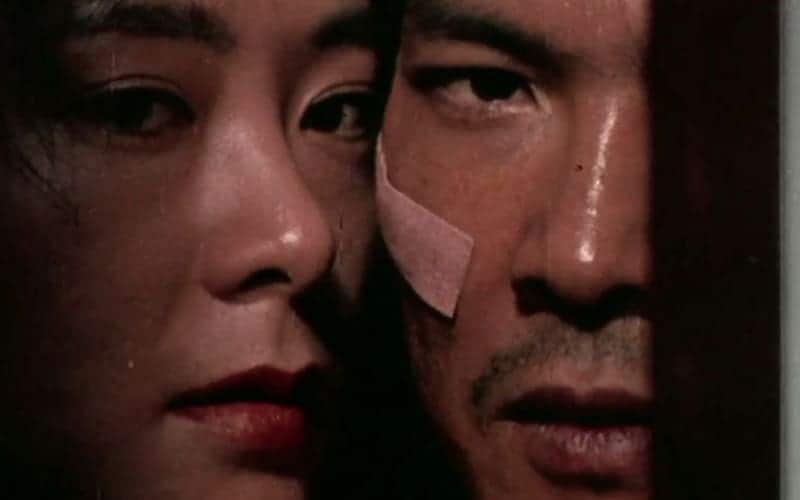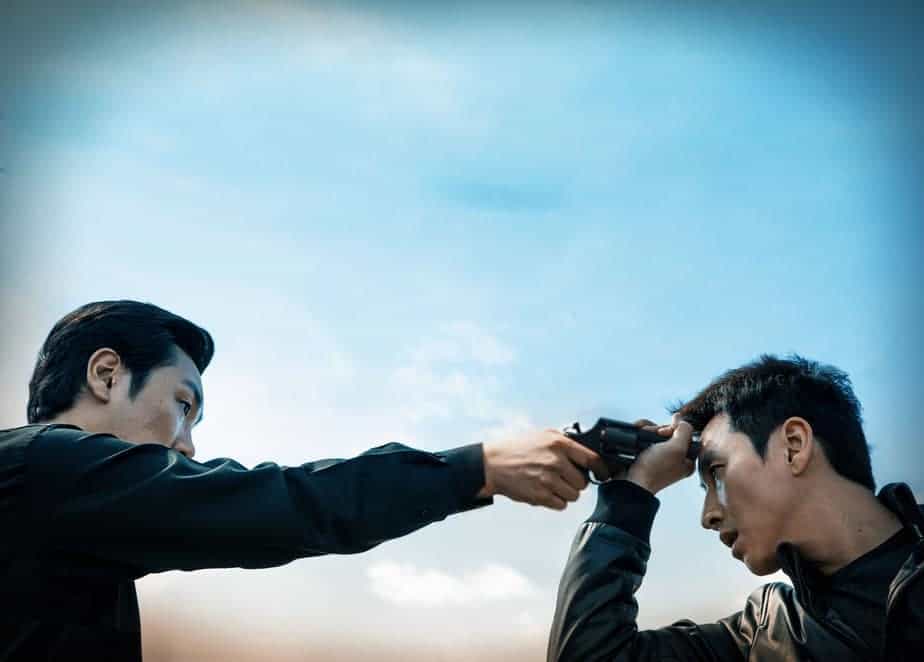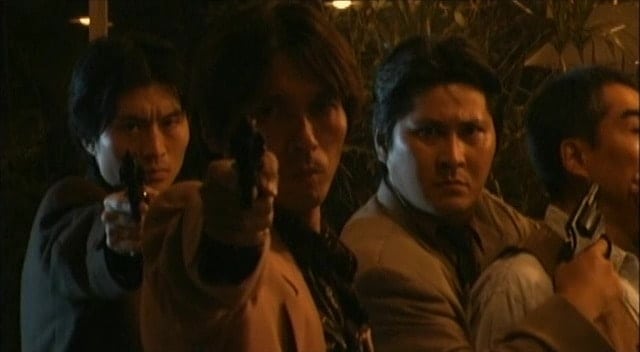Takumi Saitoh's interest for directing films (apart from acting in them) is well established by now, with him having six credits to his name, including “Blank 13“, and one entry for each of Eric Khoo‘s series “Food Lore” (Life in a Box) and “Folklore” (Tatami). Furthermore, in an interview for Asian Movie Pulse, Saitoh also emerged as a rather deep thinker. The two traits come together in “COMPLY+-ANCE”, a film that satirizes modern Japanese society and particularly the way compliance has shaped it, through an approach that is experimental as it is pointy.
“COMPLY+-ANCE” is screening at Toronto Japanese Film Festival

The film is comprised of a series of a vignettes. The first one takes place shows footage recorded on December 17, 2019, in Bastille in Paris, where a strike by public transport worker and a massive demonstration paralyzed the city. This intro's evident purpose is to highlight that elsewhere in the world, people demonstrate against their government's decisions, in contrary to what the Japanese usually do.
The second one revolves after, before and during the shooting of a movie (in that order) that mostly comprised of people dressed in costumes of sea creatures interacting in a beach. After the film is completed, an actress states that she does not want the film to screen, afraid of what her parents will say for the outcome. As we watch another actress stating that she is afraid but not sure what for, the message of this part also becomes evident, as the root for self-regulation and the risk aversion mentality that seems to dominate the current Japanese society. Cinematically, this is probably the most interesting segment, since Saitoh uses a number of extreme close-ups to highlight the self-hatred mentality of one actress, while the shots of the crew inside the room with the camera placed on the floor but tilted sideways, could also be perceived as a kind of irony towards Ozu's similar trademark practice. At the same time, the movie inside the movie shows that people in the country can be spontaneous and even silly (in a good way) if the let themselves go, but as soon as they start thinking, they return back to their highly conservative selves.
As some brief animated sequences mention the fact that Japan is in the 67th place internationally regarding Press Freedom, the narrative transitions to the next segment, a hip hop song by SHIBAO and Kitsunebi. The lyrics once again criticize (and mock) the Japanese mentality on compliance, while the whole section is blurred, in an ironic comment on the use of blurring so frequent on Japanese TV.
The next part is presented through a kind of puppet theater, which focuses on police practices and particularly the way the Force seems to have no regard for citizen's rights. The accusations and critique as once again harsh, but the fact that puppets, even in this setting emerge as kind cute, creates a rather entertaining antithesis, while the presence of the police robot as the voice of logic adds a level of comedy.
The movie finds its apogee in the last segment, where a crew of two men interview Yuki Akiyama, an actress who recently appeared on “One Cut of the Dead“. In this segment, the ridiculous “rules” of the local show business combine with the extreme censorship, which actually involves words and phrases, images, and an overall political correctness that emerges as suffocating. The fact that even the waiter in the cafe they meet gets sucked in is hilarious as much as the turn the meeting eventually takes, with everyone seemingly cursing each other (probably, we cannot hear the words due to censorship). That the outcome of the recorded interview, despite the ridiculousness of the whole endeavor, when presented, looks quite similar with every show on Japanese TV, is another harsh comment.
Takumi Saitoh presents a one man show, as he acts as director, screenwriter, cinematographer and actor, that manages to capture and criticize a number of issues of Japanese society in the most intriguing fashion, all the while, however, also managing to escape censorship himself. The creativity he shows in this effort is probably the best trait of the narrative in a film that works on a number of level and is intensely rich contextually, particularly for those who are willing to see beyond its experimental nature.















